I am happy to be in the quiet setting of the Circuit House, Guwahati after a gap of three years. The sight of Brahamputra, however, depresses me. The water content is much less than what I had seen earlier. Thinking of it, I spend a disturbed night. At the break of dawn, I rush to the river bank presuming that I do not have to trek much. But by the time I make it, I discover that the river originating from Mansarovar Lake located on the slopes of Mount Kailash, has shifted back by at least six hundred feet. Fresh growth of green Mayurpankhi plant welcomes me at a place which was once a wide, roaring and vibrant river. My interaction with the C.H. staff and the town–dwellers hints at two probable causes for the unimaginable setback-substantial reduction in the quantum of rainfall over the last few years and efforts of China to build dams over what they call Tsangpo River.
As I move closer, I notice hectic preparations by the youth and the old alike for the Chhath Puja. Their devoted work prompts me to walk down memory lane. I am vividly reminded of similar efforts by us as kids in the early seventies at the Hatania Talab in the vicinity of C.C.L. campus of Ranchi. Compared to that cramped up setting, the spacious bank of Brahamputra was offering a better choice to pay annual obeisance to the Sun God. As I move further, I see many more groups deeply engrossed in the said activity. After making steps to facilitate easy access of the Parvaitins, the Ghats were being meticulously decorated with the Banana trees & leaves, multi-coloured buntings and red flowers, real as well as artificial. Seeing the enthusiasm and the level of festivity, I could not believe that a regional festival once confined to Bihar and UP had spread to far flung corners of H.P, Delhi, Rajasthan, Gujarat, Maharastra, West Bengal, Sikkim, Meghalaya and Assam in two to three decades. The overall interest and popularity was amplified by introduction of Chhat Specials by the Railways and the dedicated programmes over T.V.
Being in a religious mode, I notice a glorious sunrise over the 3000 kms long river. I am tempted to meditate in a standing posture. Chanting of Hanuman Chalisa and Bajrang Ban turn out to be relaxing and refreshing experiences. I also try a few asnas of Yoga. When I ‘return’ to the mystical world, I find a few walkers and joggers struggling through the dirty sands. Soon I confront the stench of drain water and garbage generated by the lot expected to protect the mighty river figuring in the folk tales of the region.
As the Sun further ascends, the movement of boats too registers a rise. Very few of them are engaged in fishing. Rather, they seem to have become the only means of communication between the capital city and the neighbouring islands. I was shocked to know that a popular fish variety-Silver cap (Rs.40/-a kg) was being transported from the city ponds to nearby areas by boat, instead of being fished out from the gigantic river.
While an absorbing talk pertaining to the plan of action for the day between a father and his teen-aged son has the requisite potential to cheer up my mind, I get upset on seeing the patches of stool and cow-dung over a large area. The next sight of the noisy and bubbling fish market on the banks reminds me of the mess we seem to have created in the name of rapid urbanisation. On being exposed to such horrible sights and the impending time constraints, I turn back and begin returning to my temporary abode.
I take a note of the rise in the number of Ghats for the evening Chhath Puja, together with acts of collection of river water in the glistening copper vessels by the Assamese women adorning ethnic dresses. Presumably, it is for another religious ceremony. I also come across the stagnant steamers of the Inland Water Transport Department by the names of T.F. Ganesh, Janardan and Tamreswari. A Rhino painted afresh over the water tank of the last named craft attempts to interact with me in the following manner-‘PLEASE SAVE ME AND MY REVERED BROTHER BRAHAMPUTRA FROM FURTHER ONSLAUGHT’.
Within an hour I reach L.G.N.B. International Airport to fly back to Delhi to witness another act of sacrilege by the mankind, already facing insurmountable global warming. It is none other than the Yamuna River now being exploited in the name of an inter-country Games. It may not perhaps be possible to stop such acts of harming the free gifts of nature. But nature lovers can surely make a passionate plea for minimizing their impact in the interest of future generations.
Monday, October 26, 2009
Subscribe to:
Post Comments (Atom)


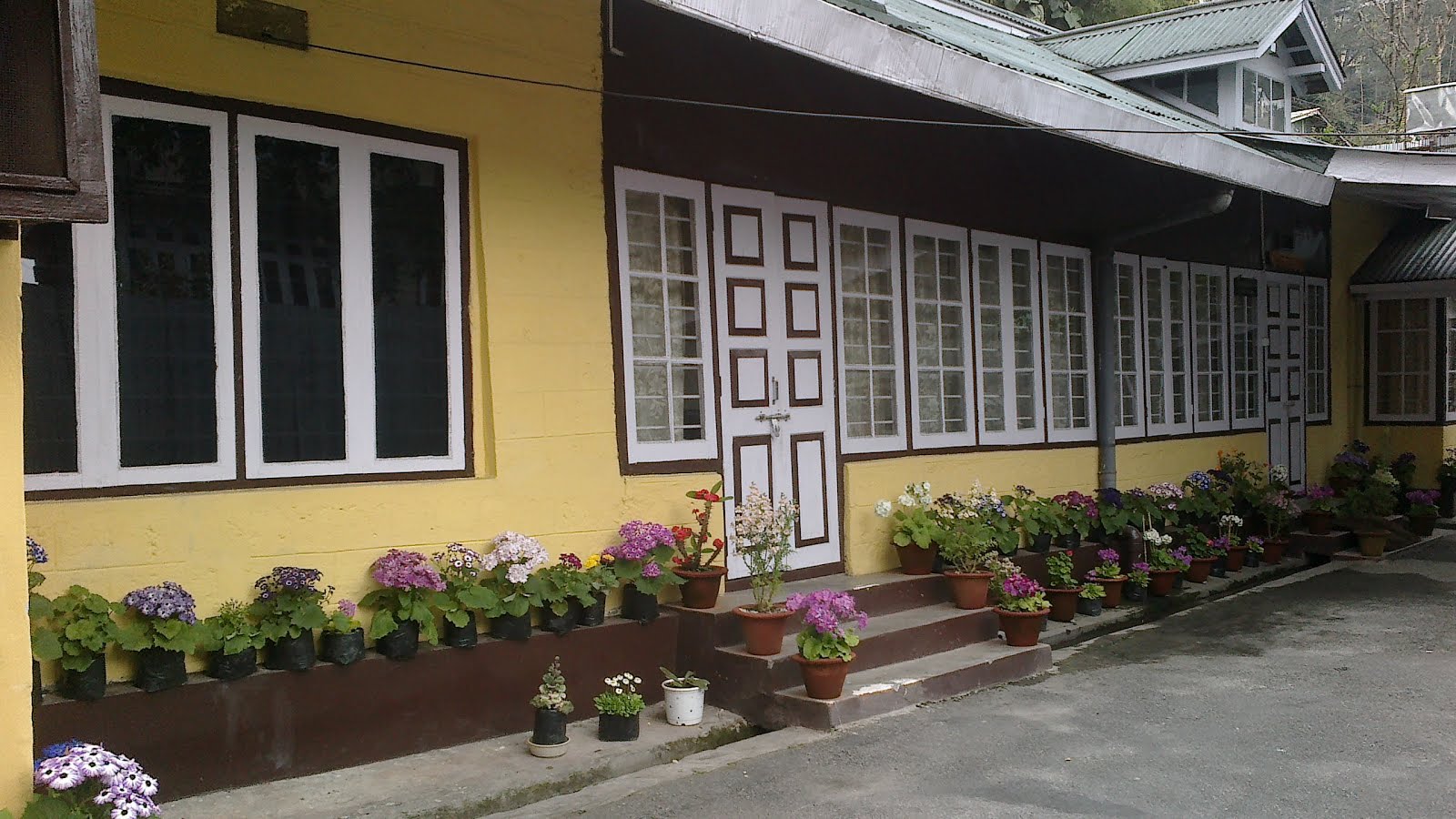







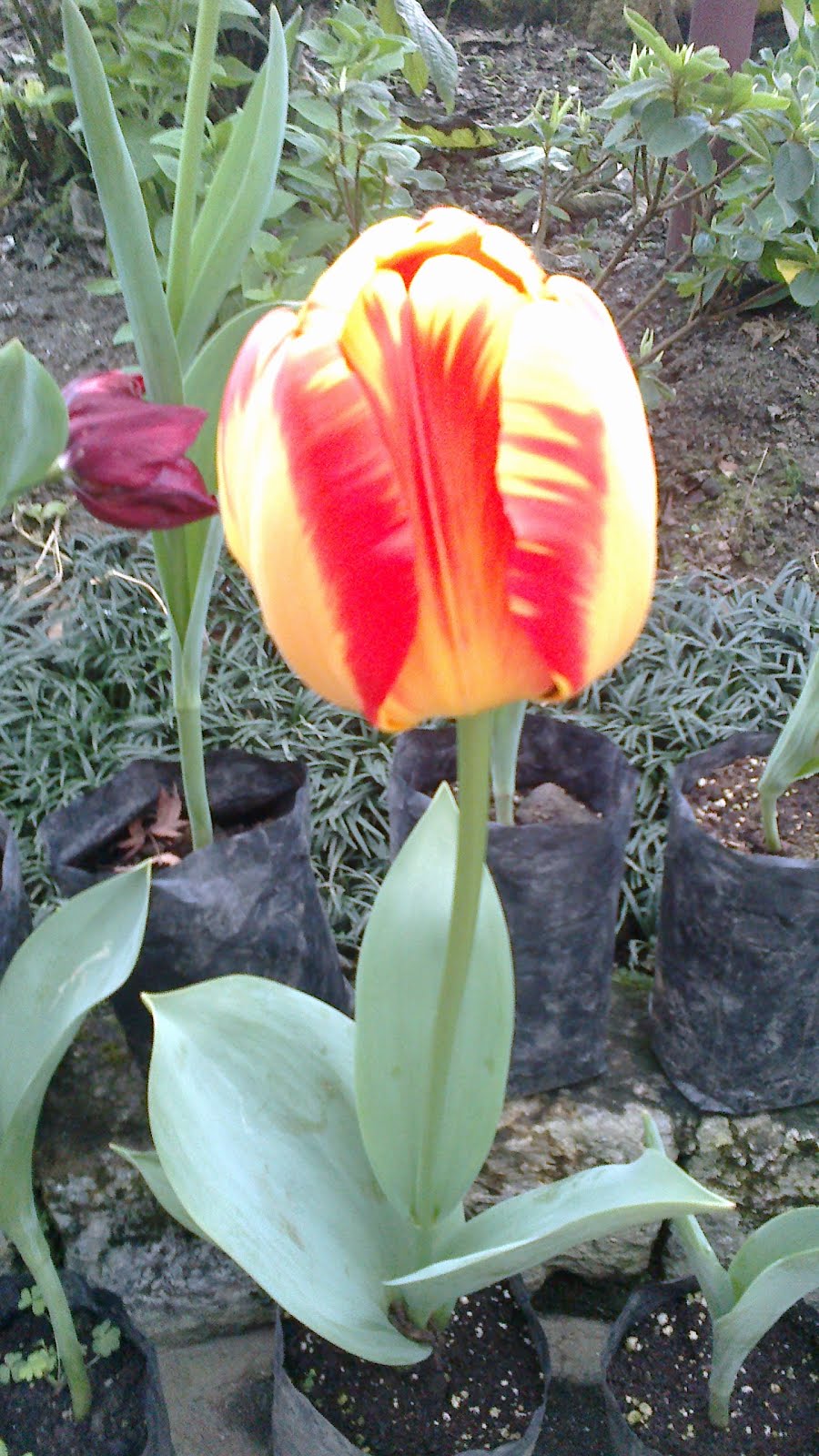
















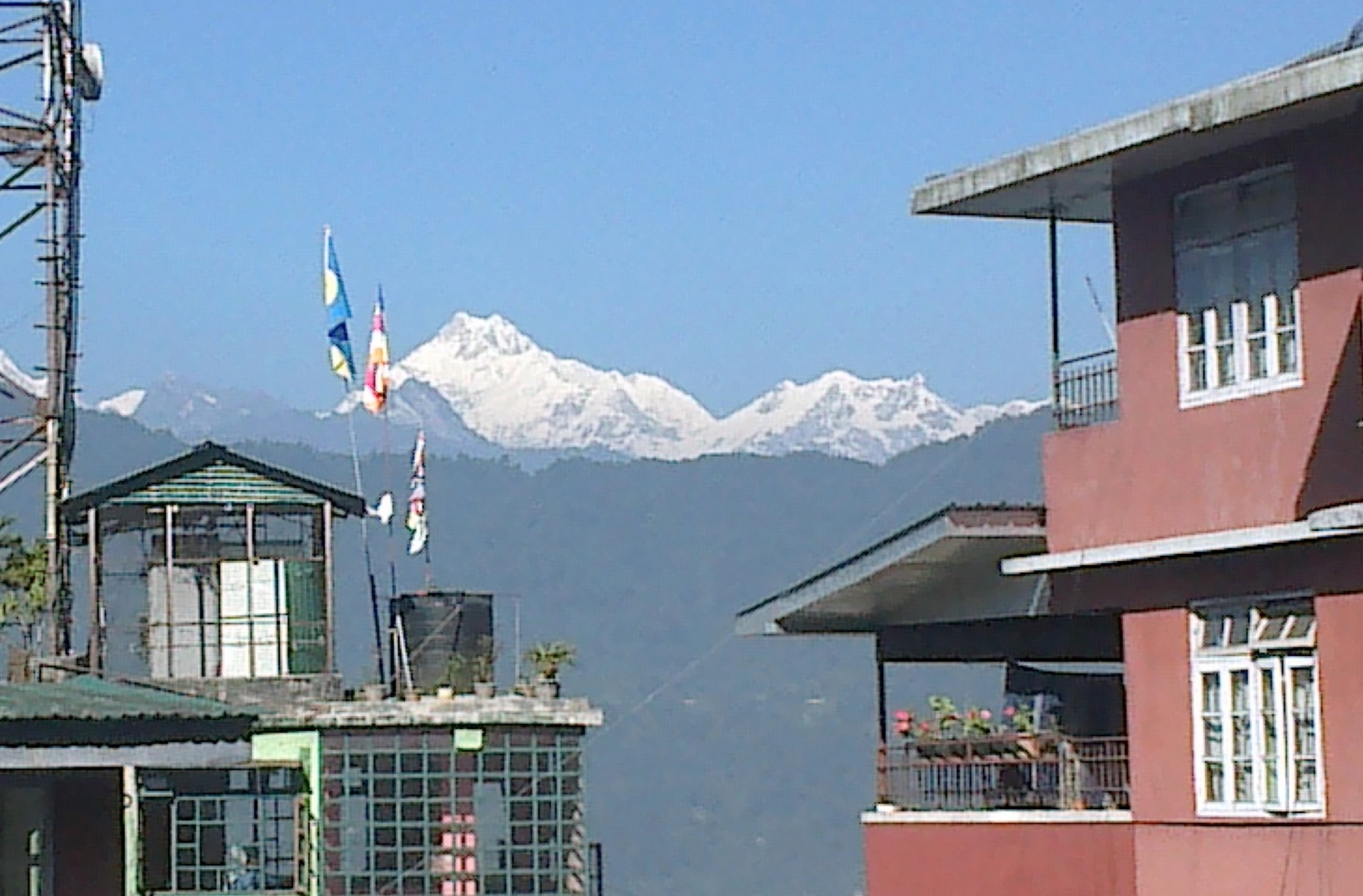


























































































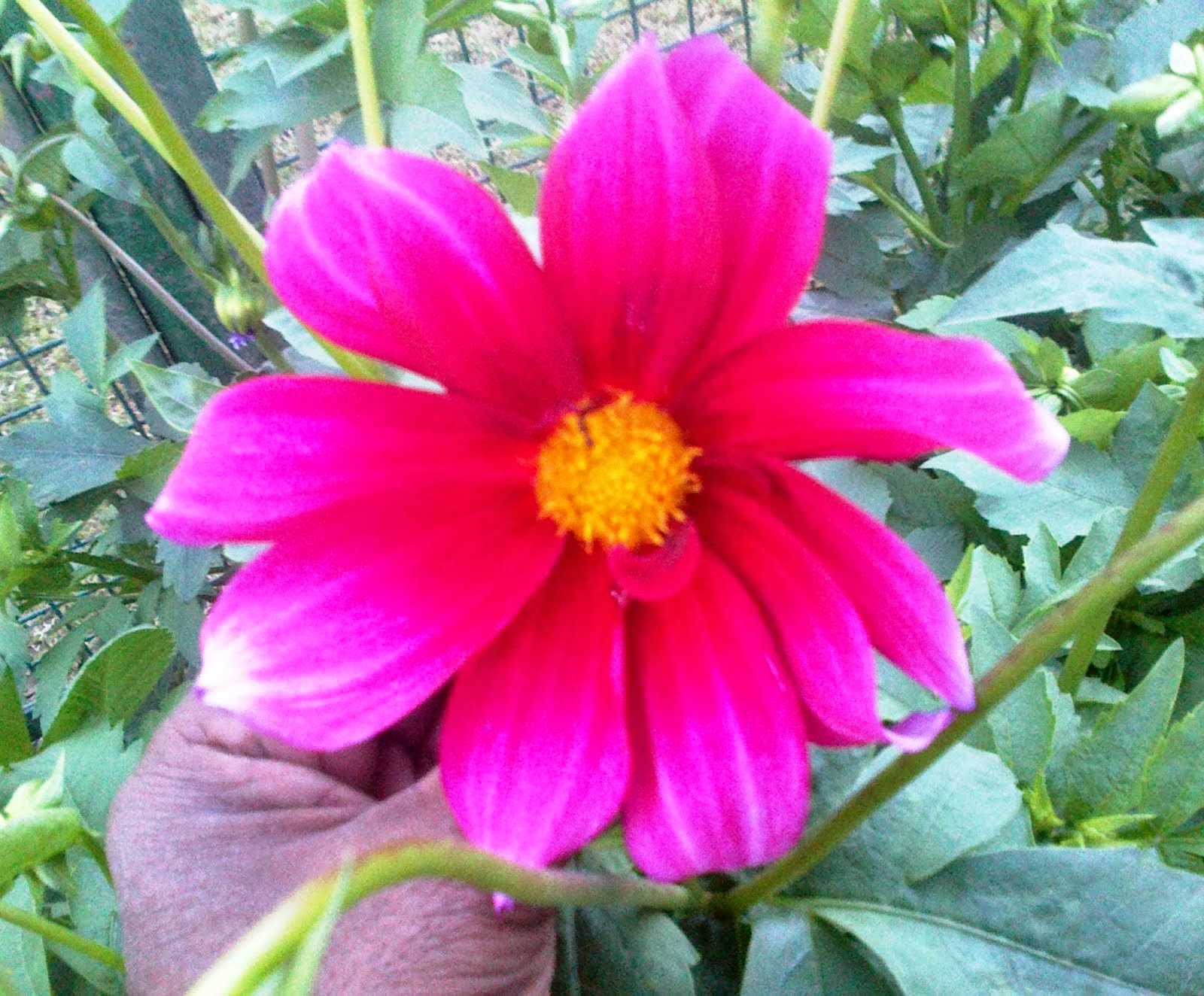



















































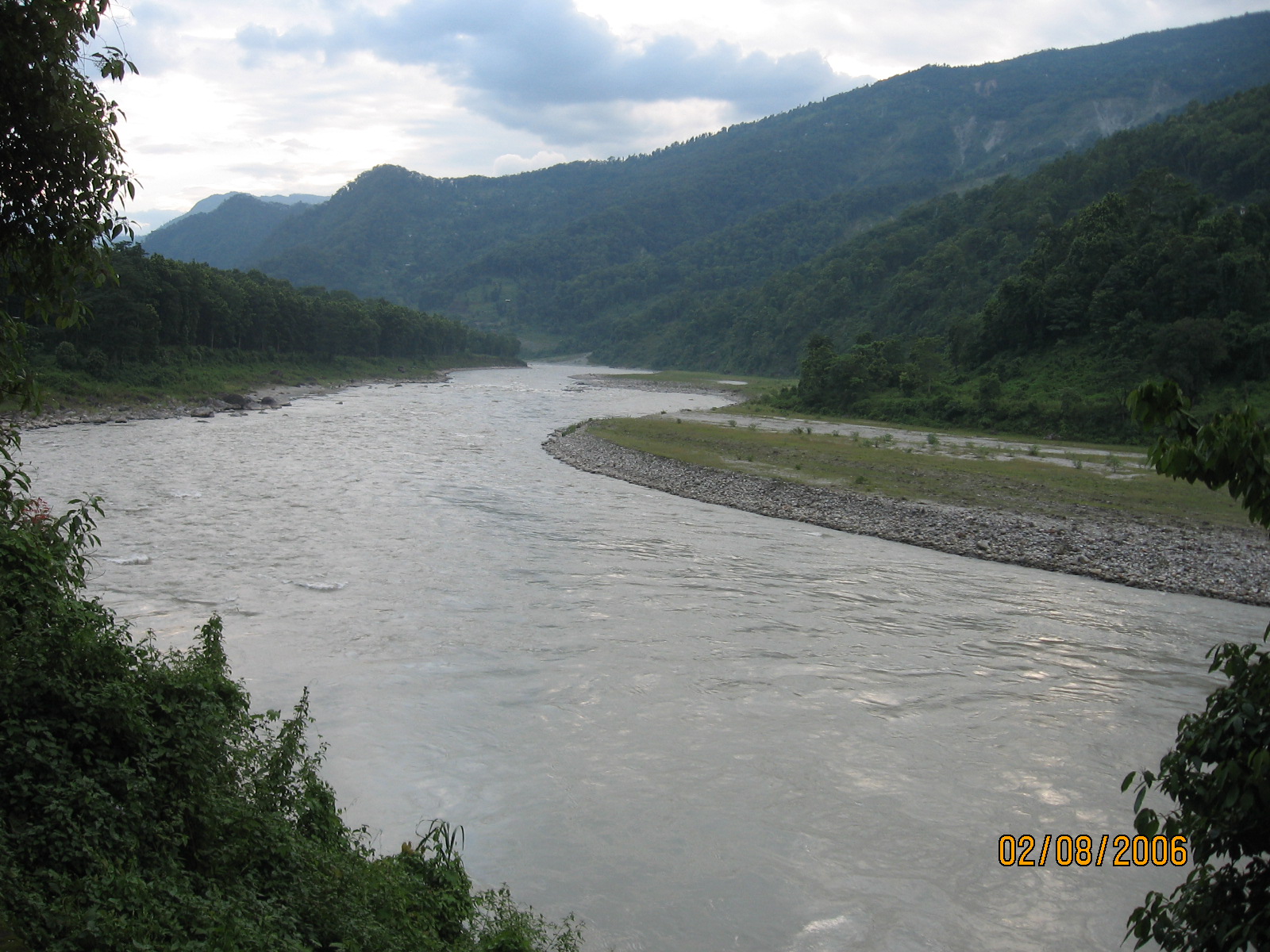

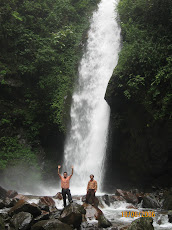
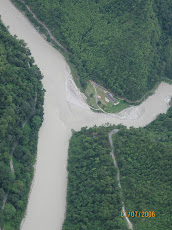
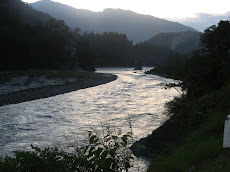
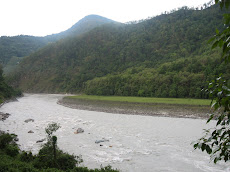
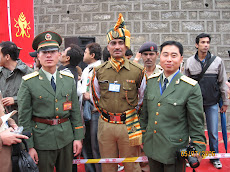
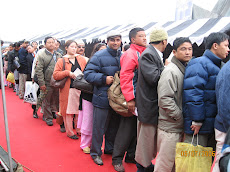
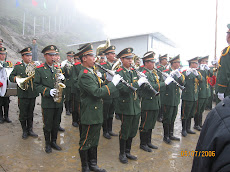


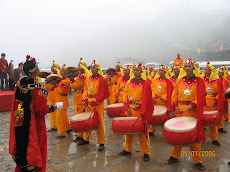
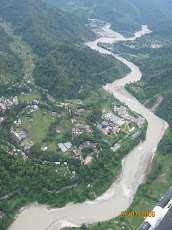




















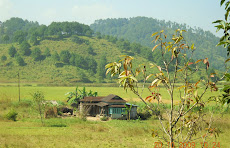
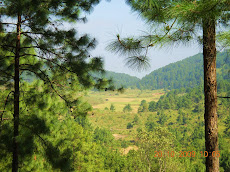








.jpg)







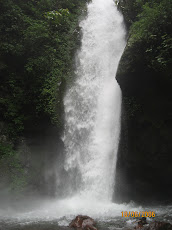
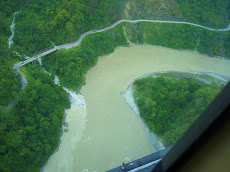


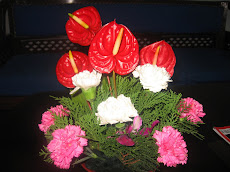






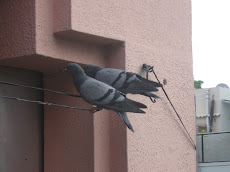
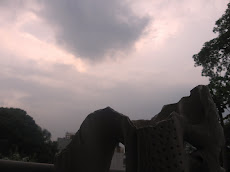
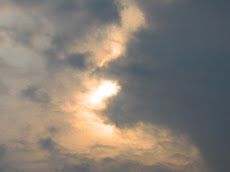
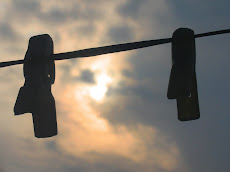
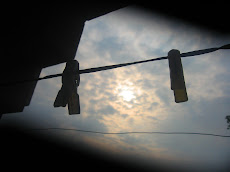

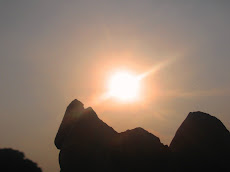
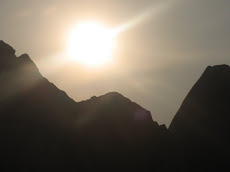
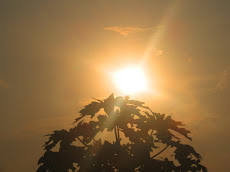


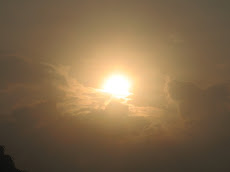

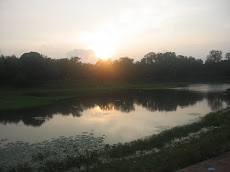
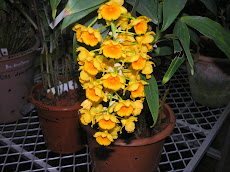
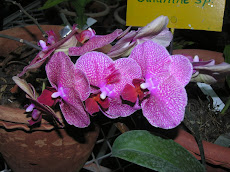

























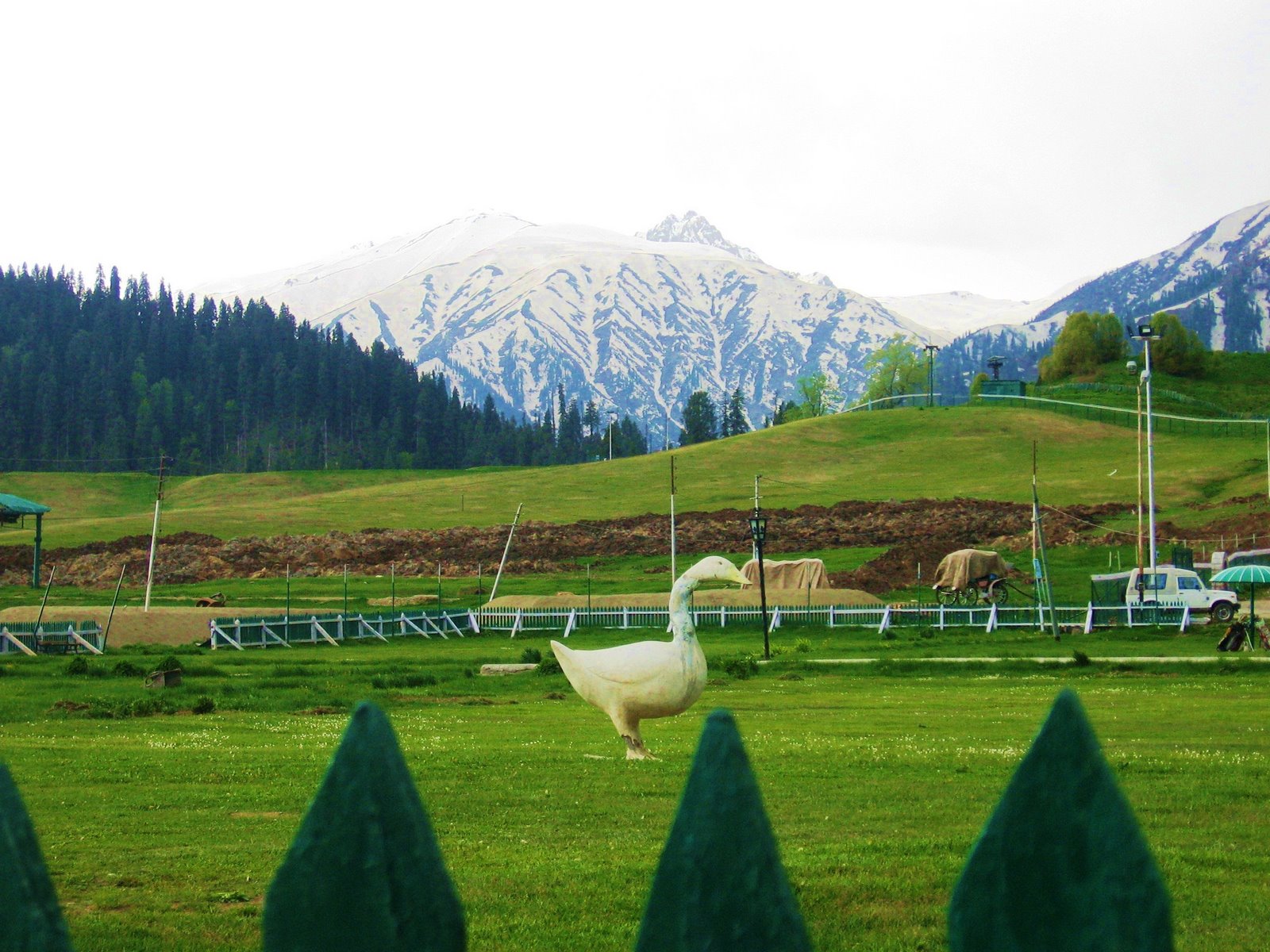
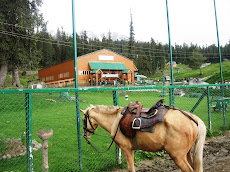
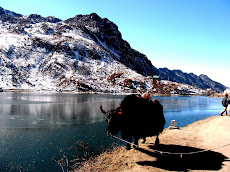






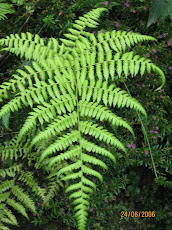

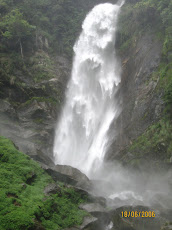



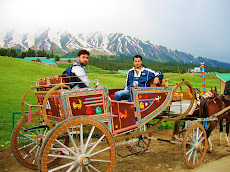






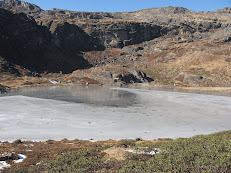

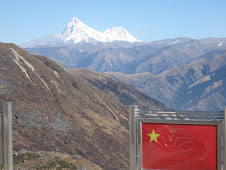



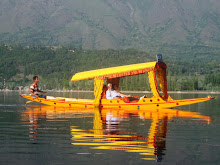
No comments:
Post a Comment